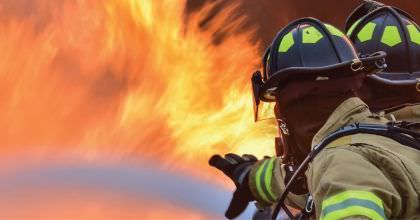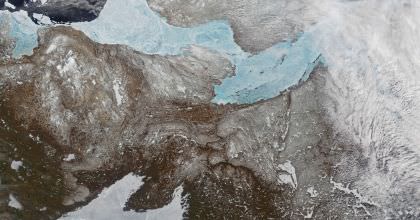

Science
Below are selected highlights and excerpts from Volume 1 of the 4th U.S. National Climate Assessment by the U.S. Global Change Research Program, published on November 3, 2017. Report Highlights The report concludes “it is extremely likely that human …
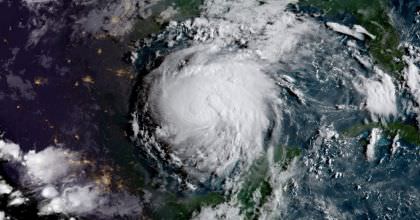
Science
Harvey & Climate Change: A Comprehensive Guide
The science of attributing extreme weather to climate change is complicated and developing every day. Here’s a guide of what we know about the links between climate change and Harvey to help unpack the elements that contributed to this historic …
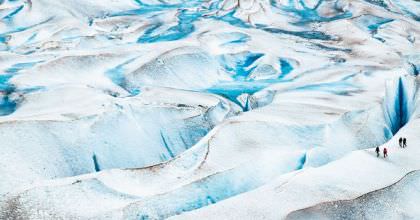
Science
Antarctic Warming
Antarctic ice loss will cause catastrophic sea level rise Despite being the coldest place on Earth, Antarctica is very vulnerable to global warming and represents the world’s largest source of potential sea level rise. Many of its ice shelves are …

Science
Season Creep
Climate change is disrupting the natural cycle of seasons Climate change forces spring to arrive much earlier, while winters to become shorter and milder. This phenomenon has been documented globally and informally dubbed as “season creep.” Season creep can have …

Science
Sea Level Rise
Sea levels are rising rapidly Sea levels have risen between eight to ten inches since they began increasing in the middle of the 19th century. The speed of rising has accelerated, with its rate doubling since 1992. These changes stand …
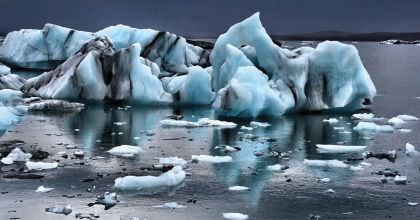
Science
Arctic Sea Ice
Climate change is a key driver of Arctic Sea Ice decline Sea ice in the Arctic is rapidly disappearing and the decline is accelerating. Climate change is a key driver of this trend, with the Arctic warming twice as fast …

Science
Ocean Acidification
Ocean acidification threatens the marine food web and coastal communities.

Science
Extreme Heat
One of the clearest findings of climate science is that global warming amplifies the intensity, duration and frequency of extreme heat events.
